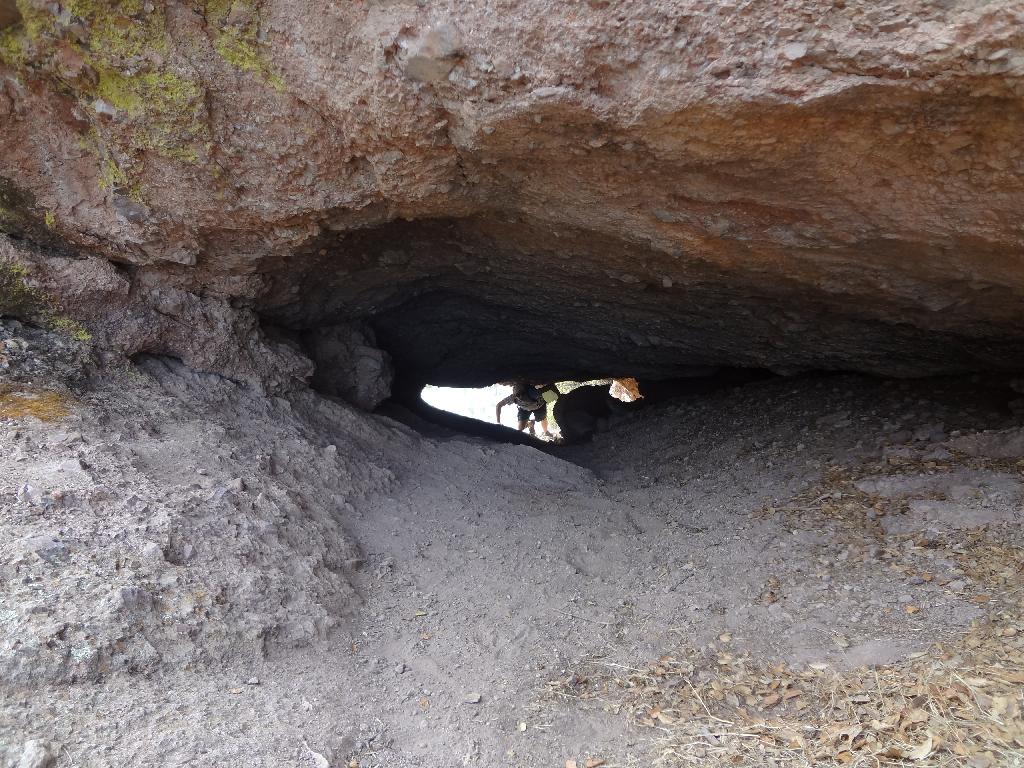|
This service is available to members with paid memberships only. This small sample of content is provided to those with Complimentary memberships or non-members of record for their evaluation. Please see our Terms For Membership and our payments page for more information or send an email. 
When It Comes To Oral Health- Size Matters!Margaret Ames DMD MSGerms - both good and bad, naturally occur in our mouths. The beneficial ones, we enjoy. The detrimental ones, we want to avoid. All germs are opportunistic and will find any way they can of finding a new home and colonizing. In conventional dentistry, dentists need to be careful of the pathways that the bad germs have access to. Given the chance and the right circumstances, they will colonize and create an environment that facilitates further decay. So, what scale are we talking about? Germs are about 1 micron in size. A micron is 1/1,000,000th of a meter. Pretty small, you might think! But in conventional dentistry, the gaps (the pathways) that they can invade are much larger. Even on a good day, the best practitioner using the best conventional techniques, will restore your teeth with subsequent pathways on the order of six microns.
If we equate the size of a germ to that of a person, the pathways they would find are similar to that of someone exploring a cave. Look at this picture and you can see that the openings available easily allow a group of people to progress through the available space and get deeper into the cave. Like cave explorers, the germs will find their way to progress further into your healthy tooth structure and set up a new home. When they do this, the stage is set for "recurrent decay". This is when the germs get underneath the filling and unseen, begin anew the process of decay. Amalgam fillings allow this because their expansion and contraction enable these pathways. They also crack teeth and germs use these cracks to find their new homes and oftentimes, invade the pulp. Likewise, Non-Biomimetic Composite-Resin fillings--- (white fillings) enable these pathways to exist because they shrink over time. They pull away from the teeth and pathways between the filling and the existing healthy tooth structure become available to the germs as well. Both of these restoration techniques--- amalgams and conventional composite-resins--- solve the problems of tooth decay today by creating new problems for tomorrow. Biomimetic DentistryThe protocols of Biomimetic dentistry eliminate these pathways for recurrent decay to continue. With a Biomimetic restoration, the bond between the restoration and the natural tooth is so exact that not even ONE bacterium can gain a foothold.
Try as they may, there's just no way for them to find their way in through the bonded margin. That means no recurrent decay... a healthier mouth... and the chance for subsequent problems like root canals and crowns virtually eliminated! If you've been told you need a root canal or crown, there's a very reasonable chance that Biomimetic dentistry can save your healthy tooth structure and prevent further decay. And, if your children's teeth are treated Biomimetically, they'll likely never need the invasive and expensive dental treatments that you've experienced. Biomimetic dentistry values the vitality of your teeth over the longevity of a filling. It's minimally invasive, conservative dentistry that respects your oral health and restores your teeth in a way that your body expects. Healthy teeth, bone and gums are all respected with these techniques. Biomimetic Dentistry is also known as Tooth Conserving dentistry. It values the health of the tooth over the life of the restoration. It does not amputate healthy tooth structure just so that the restoration will stay in place. With 21st century materials and 21st century protocols, teeth which are treated with early intervention and minimally-invasive Biomimetic techniques become teeth with an 80% less chance of needing root canals and crowns. And, that 80% less chance translates into an 80% less chance of bridges, extractions, dentures and implants. Wouldn't it be nice if your 3 or 6 month dental exams only required cleanings and not fillings? Biomimetic dentistry is something you should learn more about. Dr. Margaret Ames practices Biomimetic Dentistry in
To learn more about Biomimetic Dentistry, Dr. Ames will gladly answer any of your questions.
Other articles available with your paid membership... |
 Let's put that into perspective:
Let's put that into perspective:
 If we go back to our cave exploration metaphor, it's more like what you see here!
If we go back to our cave exploration metaphor, it's more like what you see here!